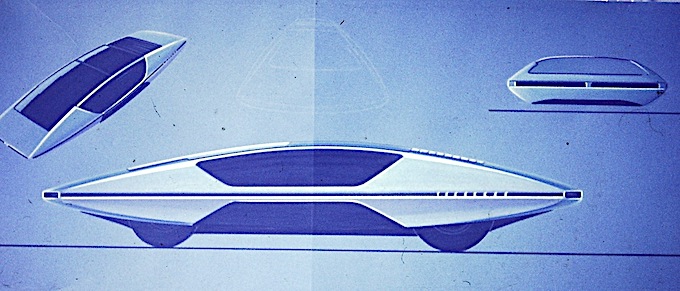Ferrari 512 Modulo -1968
Ferrari 512 MODULO
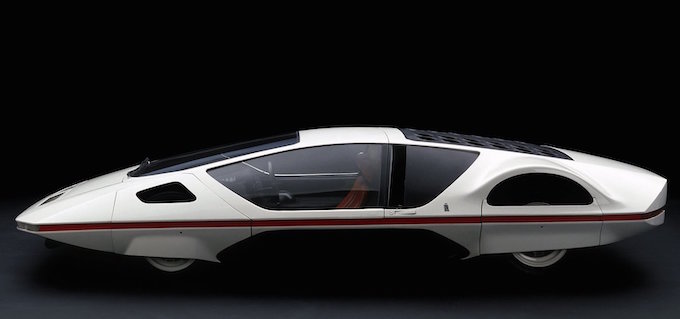
A late spring morning of the year 1967 on my drawing board lay a myriad of
objects including curvilinear models, pens, pencils, butts and ashtrays arranged in rotation on the sheet of paper containing the dimensions of the dashboard of the RR Camargue, car I was working on. when I was reminded of a latent idea at an unconscious level for some time; the most crazy Dream car in the world, violent, unique, inimitable and conceptually different. A quick sketch on the right side at the bottom of the sheet representing a specular and modular object easily materialized in the car with the addition of wheels; the Ferrari MODULO was born (then on chassis 512.)
Filled with enthusiasm, I began to give substance to my most repressed fantasies, developing, at first, more realistic and feasible sketches on a 1/10 scale.
My sketches, a bit too futuristic, were not very convincing and were mixed with great contrast between the drawings of the RR so as to seem impossible to live together on the same table of such distant ideas.
I looked for allies between my superiors and the then director, Franco Martinengo was enthusiastic but at the same time perplexed: he was torn between the normality that had marked the quiet life of Pinin until then and the desire for innovation. The OK was given almost routine given that at the show something had to be sent but still with a good reserve fee and some options from the president.
Time passed until in the summer of 1968 I decided an action of strength: I ordered eight cubic meters of polystyrene from the purchasing office, two car batteries an electric resistance, and being on my next vacation I quickly drew the profiles on dust paper. main. The company closed and I in short trousers and clogs in the company of the watchman occasionally began a cyclopean work. The blocks of polystyrene made solid with fish-glue and with a bow and the electric resistance connected to the batteries began the removal of an enormous volume of white pellets. I invented a mega rasp made with a sheet of perforated metal sheet with a square-shaped punch and with this huge grater I removed material for several days, a material that was partly lost in the journey home workshop or kept clandestine even in my underwear. Slowly the object took shape, was born and materialized and towards the 15th of August it was practically finished. I was exhausted, very tired but very happy, imagining the reaction of Sergio Pininfarina and his brother-in-law Renzo Carli on his return from vacation.
I did not directly witness the emotional shock but the result was, for me, a KO with the object of repressed desires ended up under a blanket in one side of the photographic room; I mulled over for a few months, continuing to follow the construction of that enormous RR that was also well and smoothly between the lines.
And curious to know that R.R.Camargue was the only car in the house designed by an Italian.
Approaching the 1969 Turin Motor Show, it was decided to present the model that in the meantime had been executed by Filippo Sapino on the Ferrari 512 chassis in competition with the Modulo, which was considered more classic and less risky even from the constructive point of view .
One morning I heard a bit of commotion beyond the windows and Martinengo came in with a drawing of the Ferrari 512 chassis in his hand, begging me to carry out the necessary modifications to adapt the "Mucchio di Polistirolo" to the new dimensions. It was done! I threw myself headlong into detail. I designed the interior, which was also modular, the Geneva Motor Show was close and time was running out.
A very important detail was the two large spheres placed on the passenger side with the functions of aerator and switch support. Big problem, build the balls! How to do?
On the first and second attempt the appearance was a little ovoid and the consternation ruled
. Suddenly another idea came to me, the result of Michelotti's experience as an official property: I got in motion in direction
ne Boowling where I bumped a watchman into giving me a ball, and don't imagine what I didn't do to make it go to it, on a motorcycle.
We made the cast of the object and the problem was solved.
This car was the least experienced by the company management in the 67-70 period because it was considered too provocative, and the terror that the press talked about (badly) was latent.
Ing. Renzo Carli raged in replacing the rear window, which originally consisted of a series of 16 cm holes. in diameter derived from the black plate panel, with a traditional glass: this happened at night and I stubbornly repositioned the original one by day.
The enthusiasm, with its ups and downs, continued until the dawn of departure. The final touches to the paint were finished on the truck (metallic black; originally it was light blue pearly but for badly digested decisions it was presented in that funereal color not suitable for enhancing the proposed graphic) and the car arrived undamaged to the Geneva Motor Show1970. After the first exhibition, the object was digested so much that in the following exhibitions it was the main attraction, going around the world several times. The return of image was enormous, but the most important thing for me was a telegram. which I still retain, by Sergio Pininfarina who complimented and expressed his apologies.
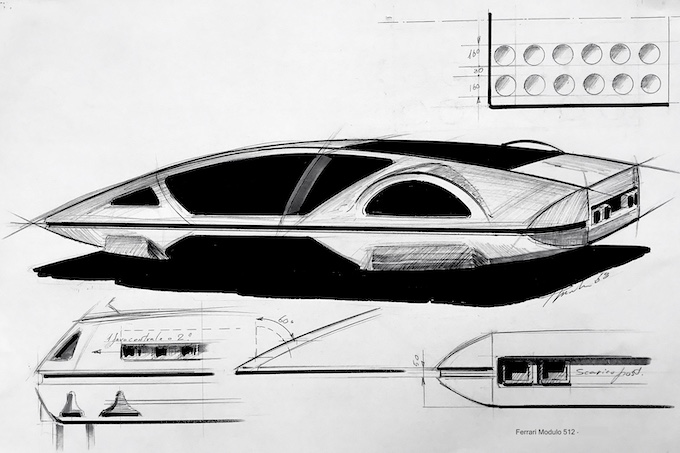

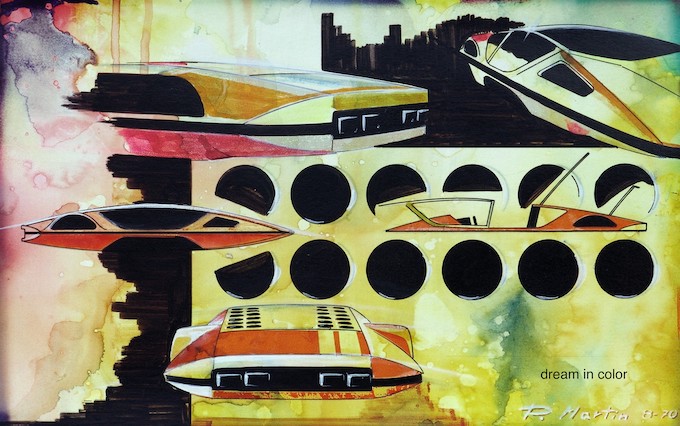
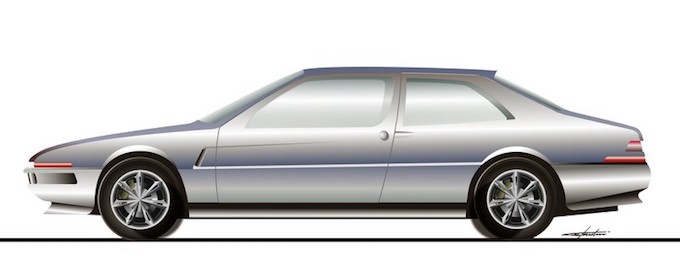
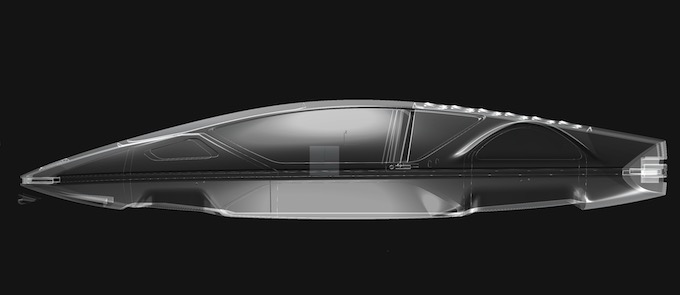

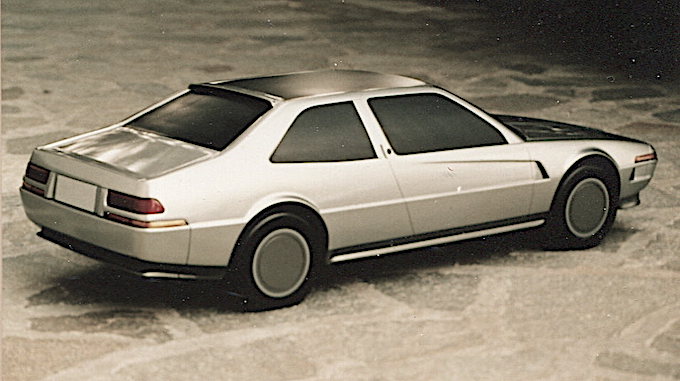
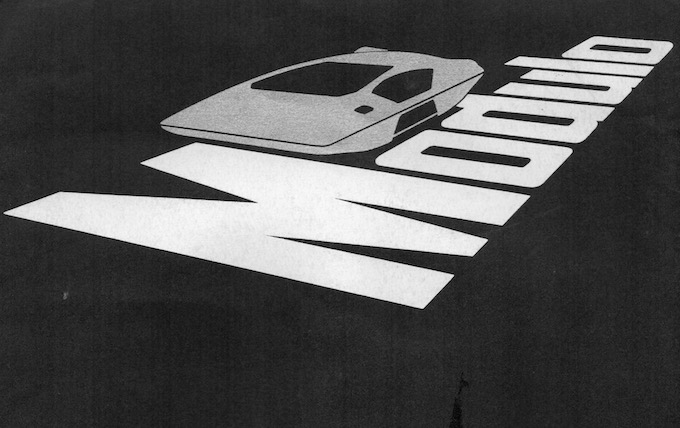
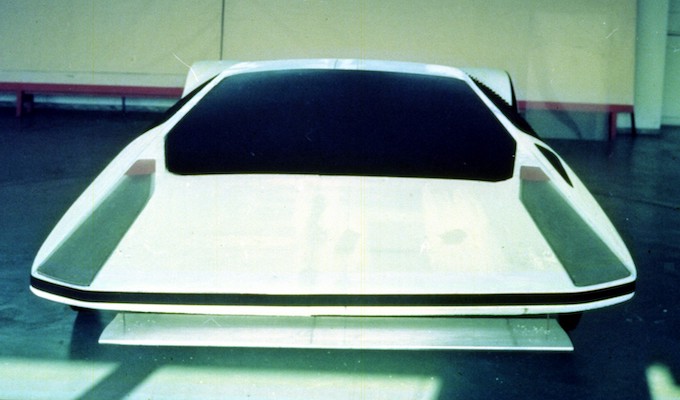
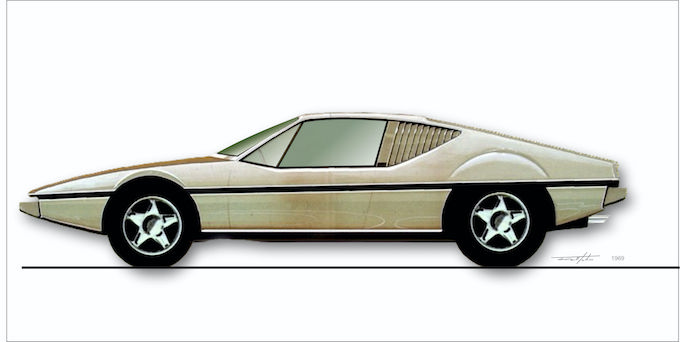
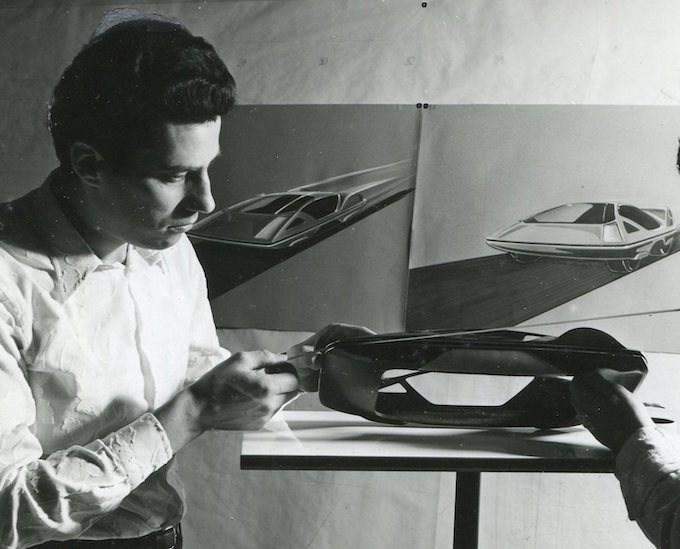


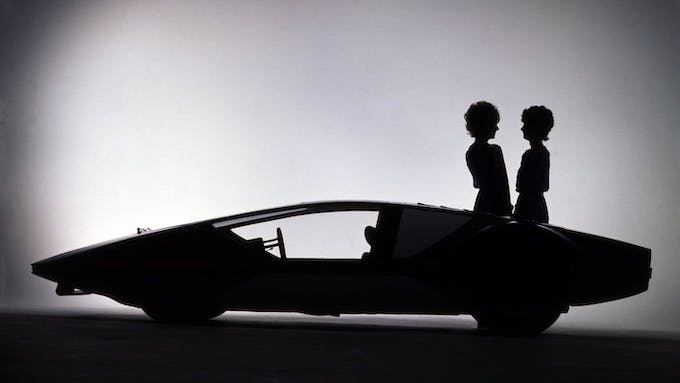
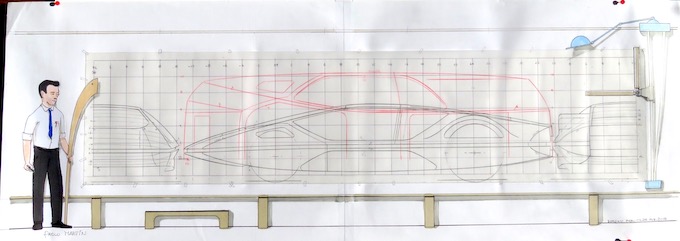
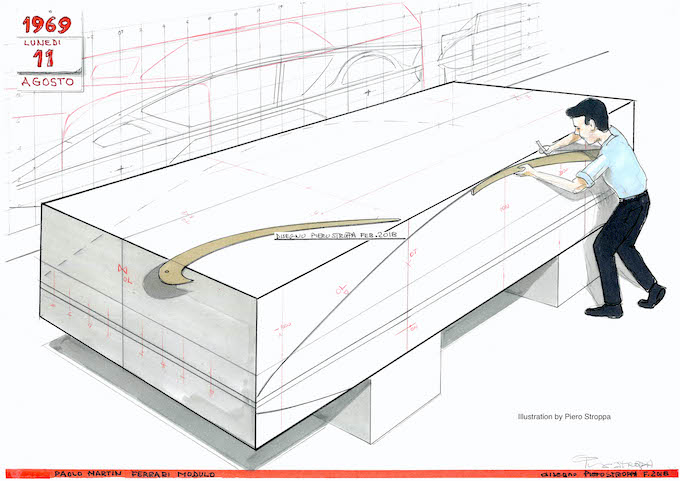
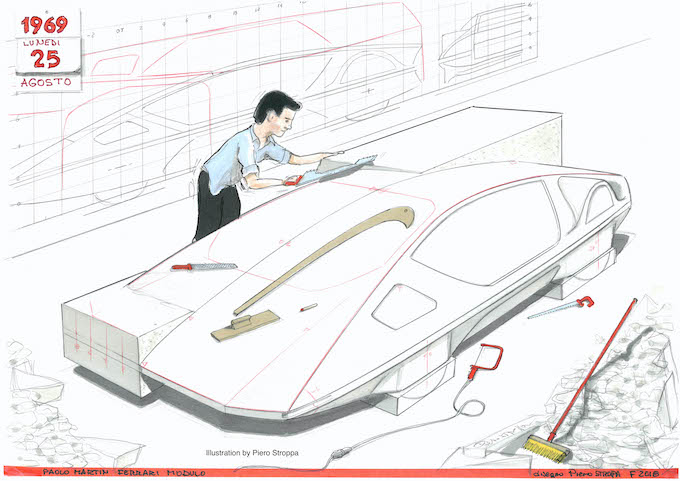
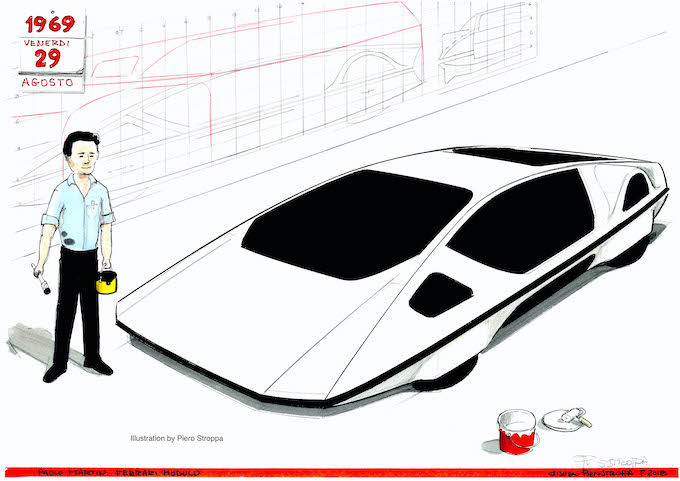
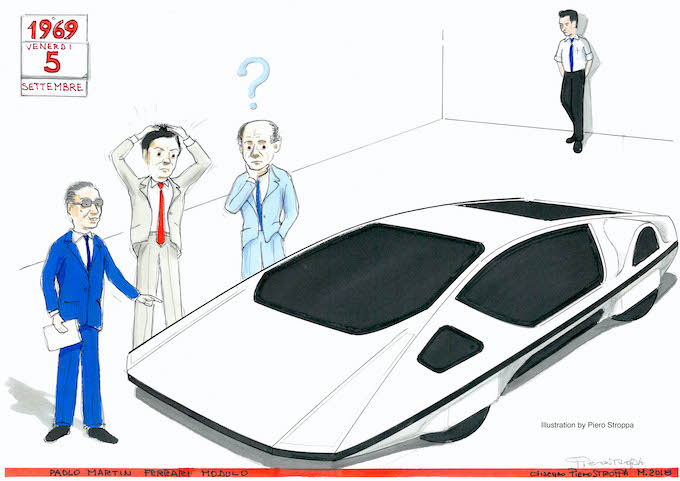
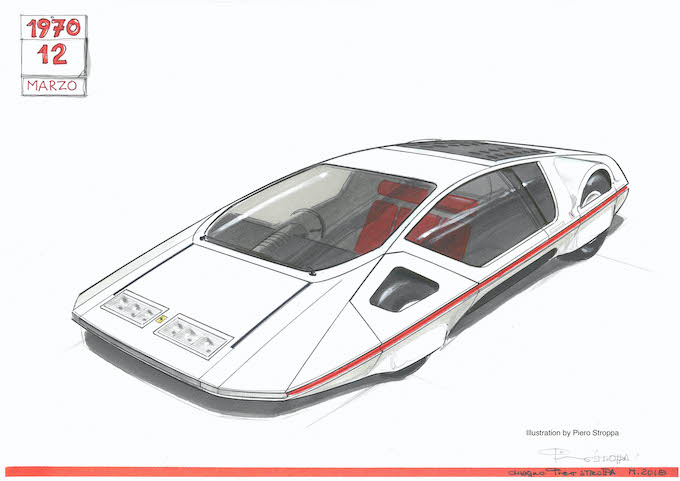
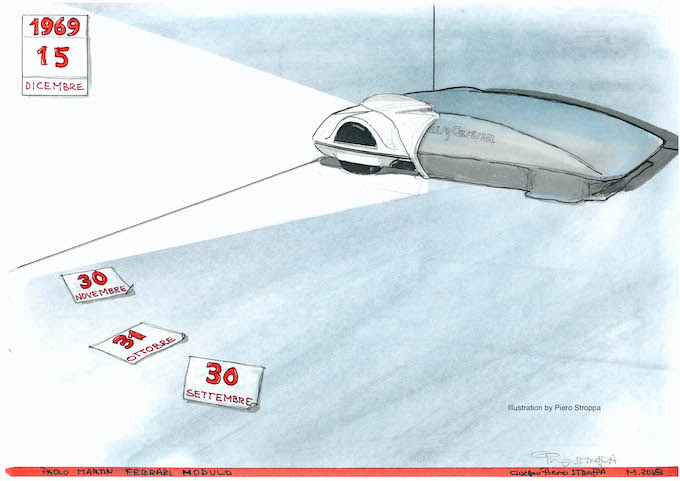
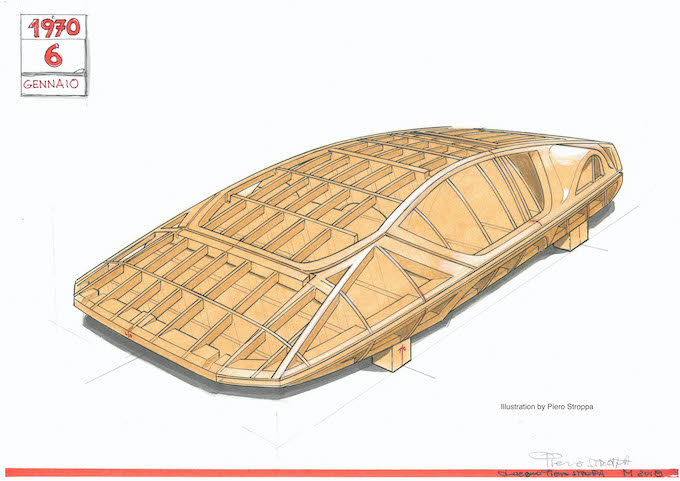
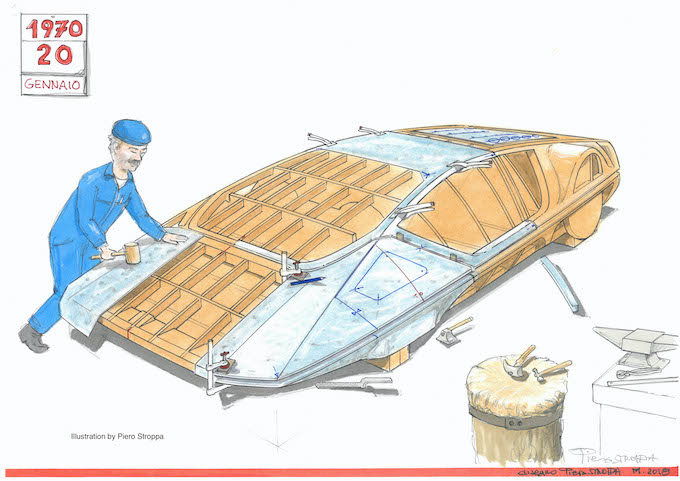
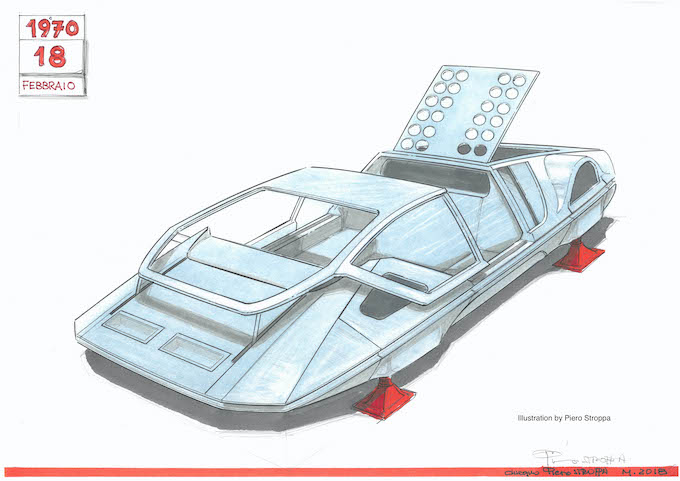
https://ruoteclassiche.quattroruote.it/il-ciclone-modulo-che-ancora-ci-spaventa/
You want a print of the most representative original sketches of the Ferrari 512 Modulo
 English (United Kingdom)
English (United Kingdom)  Italiano (Italia)
Italiano (Italia) 
